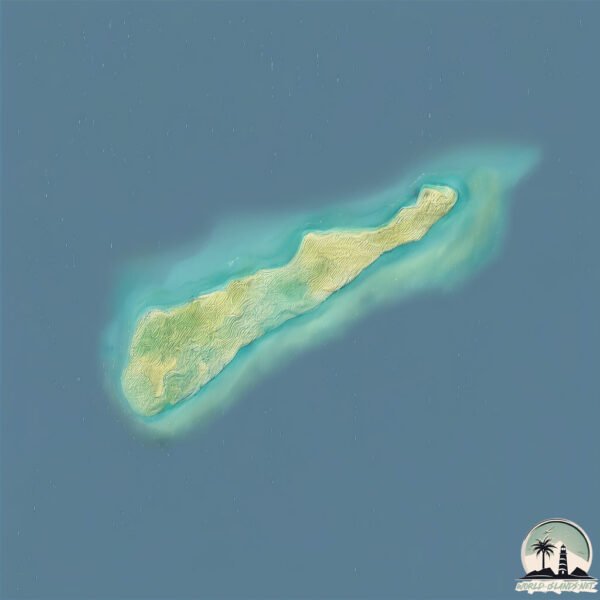Welcome to Kudaka Jima , a Temperate island in the Philippine Sea, part of the majestic Pacific Ocean. This guide offers a comprehensive overview of what makes Kudaka Jima unique – from its geography and climate to its population, infrastructure, and beyond. Dive into the details:
Geography and size of Kudaka Jima
Size: 1.287 km²Coastline: 6.4 kmOcean: Pacific OceanSea: Philippine SeaContinent: Asia
Kudaka Jima is a Small Island spanning 1.3 km² with a coastline of 6.4 km.
Archipel: Ryukyu Islands – A chain of Japanese islands stretching southwest from Kyushu to Taiwan, known for their unique Okinawan culture and subtropical climate.
Tectonic Plate: Okinawa – Located in the East China Sea, near the Ryukyu Islands and Taiwan, it’s involved in the subduction zone between the Philippine Sea Plate and the Eurasian Plate.
The geographic heart of the island is pinpointed at these coordinates:
Climate and weather of Kudaka Jima
Climate Zone: TemperateClimate Details: Humid Subtropical ClimateTemperature: Hot Summer
Climate Characteristics: With continuous rainfall and hot summers, this climate is common in some coastal regions, supporting diverse vegetation.
Topography and nature of Kudaka Jima
Timezone: UTC+09:00Timezone places: Asia/TokyoMax. Elevation: 9 m Mean Elevation: 5 mVegetation: Deciduous Broadleaf ForestTree Coverage: 23%
The mean elevation is 5 m. The highest elevation on the island reaches approximately 9 meters above sea level. The island is characterized by Plains: Flat, low-lying lands characterized by a maximum elevation of up to 200 meters. On islands, plains are typically coastal lowlands or central flat areas.
Dominating Vegetation: Deciduous Broadleaf Forest
Vegetation: 2 vegetation zones – Low Diversity Island
Infrastructure and Travelling to Kudaka Jima
Does the island have a public airport? no .
Does the island have a major port? no .
The mean population of Kudaka Jima is 802 per km². Kudaka Jima is Densely Populated. The island belongs to Japan .
Continuing your journey, Henza Jima is the next notable island, situated merely km away.
Kudaka Jima ... "The Island of the Gods", on which the first persons were created
Kudaka Jima ... "The Island of the Gods", on which the first persons were created
WHAT TO DO ON KUDAKA ISLAND Okinawa, Japan (How to get to Kudaka Island)
Kudaka Island is just one of many day trips from Okinawa's main ...
Kudaka Island is just one of many day trips from Okinawa's main island. It's only a 15-minute ferry from Azama Port and it's easily ...
Kudaka Jima Day Trip
Just a short ferry ride off the Nanjo area in southeast Okinawa. This ...
Just a short ferry ride off the Nanjo area in southeast Okinawa. This island has one of the most sacred places in all Okinawa.
Japan is classified as Developed region: G7: Group of Seven – Major advanced economies, including Canada, France, Germany, Italy, Japan, the United Kingdom, and the United States. The level of income is High income: OECD.
News – Latest Updates and Headlines from Kudaka Jima
Stay informed with the most recent news and important headlines from Kudaka Jima. Here’s a roundup of the latest developments.
Loading...
Please note: The data used here has been primarily extracted from satellite readings. Deviations from exact values may occur, particularly regarding the height of elevations and population density. Land area and coastline measurements refer to average values at mean high tide.

